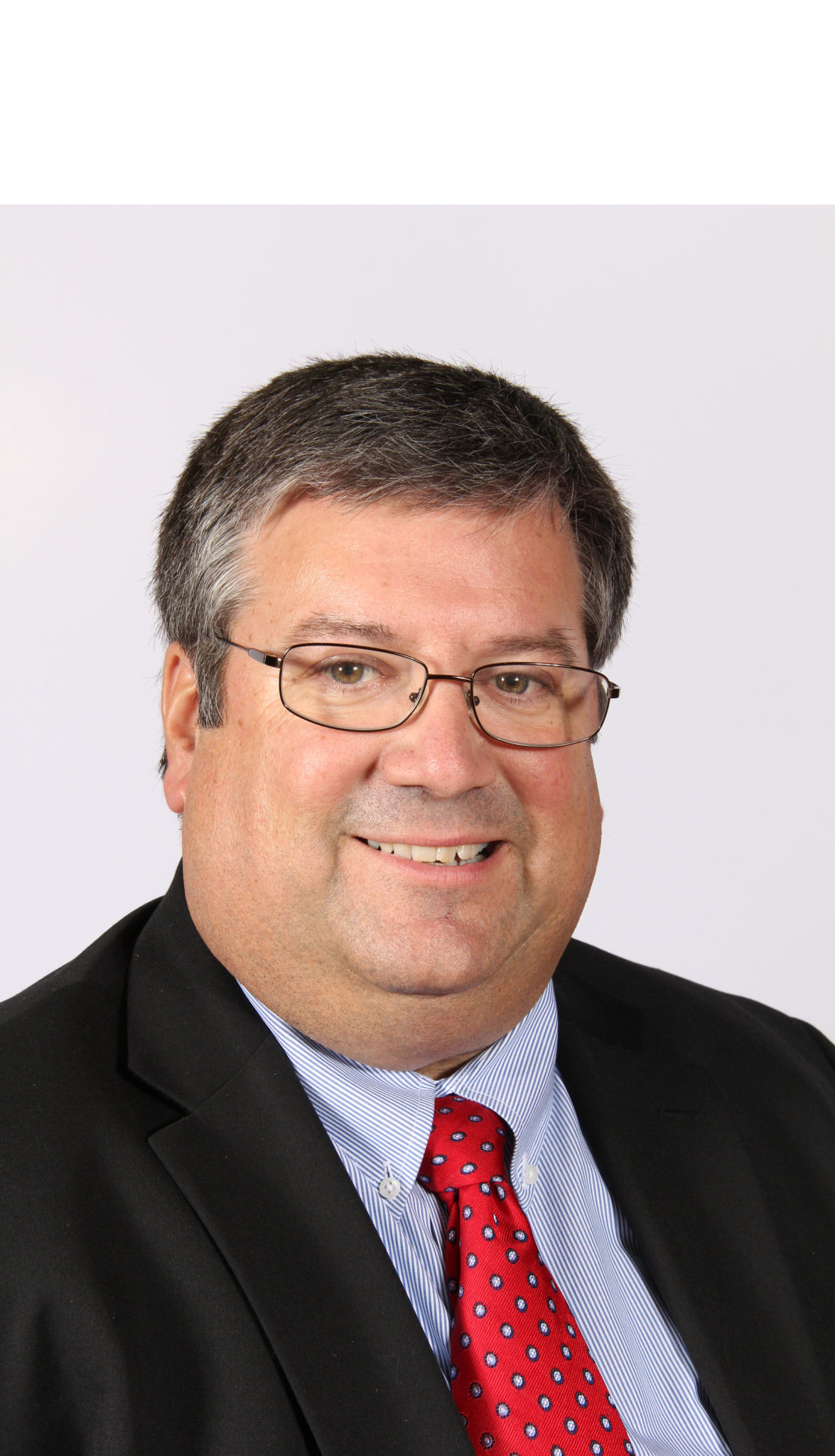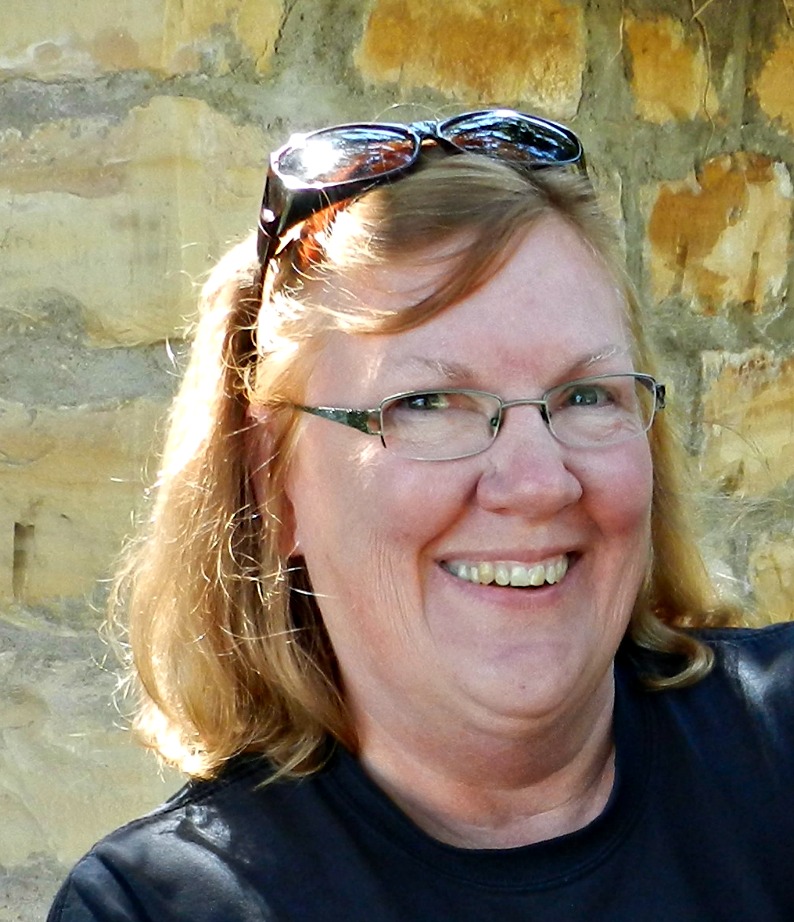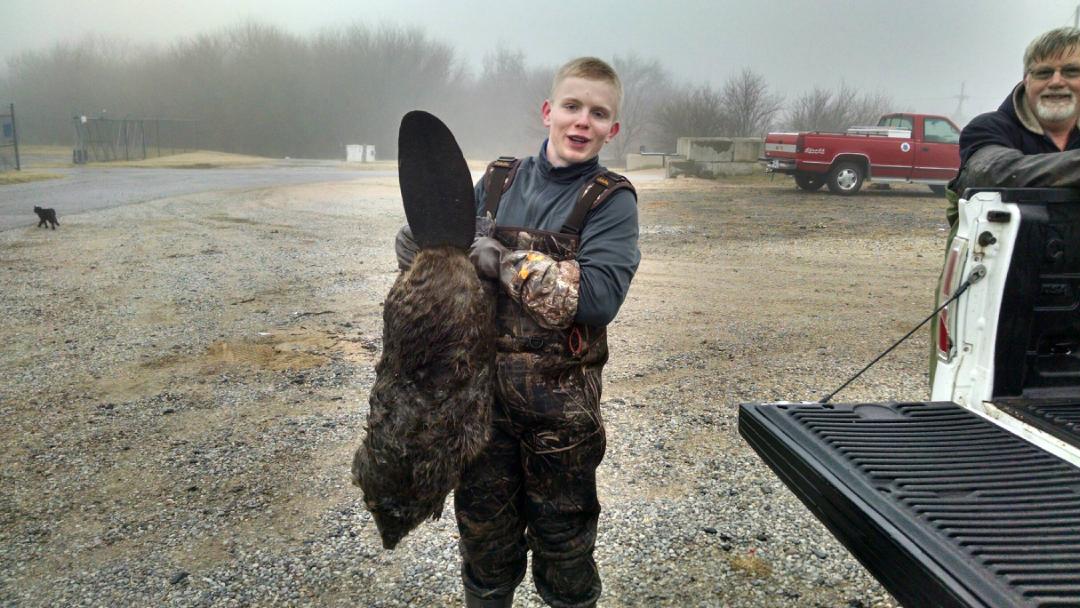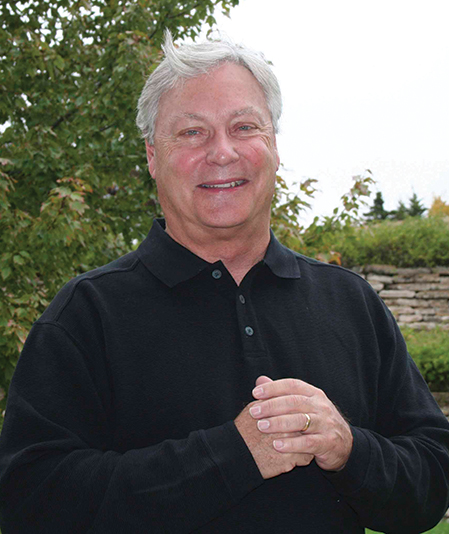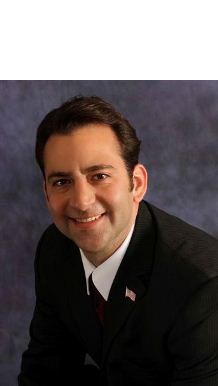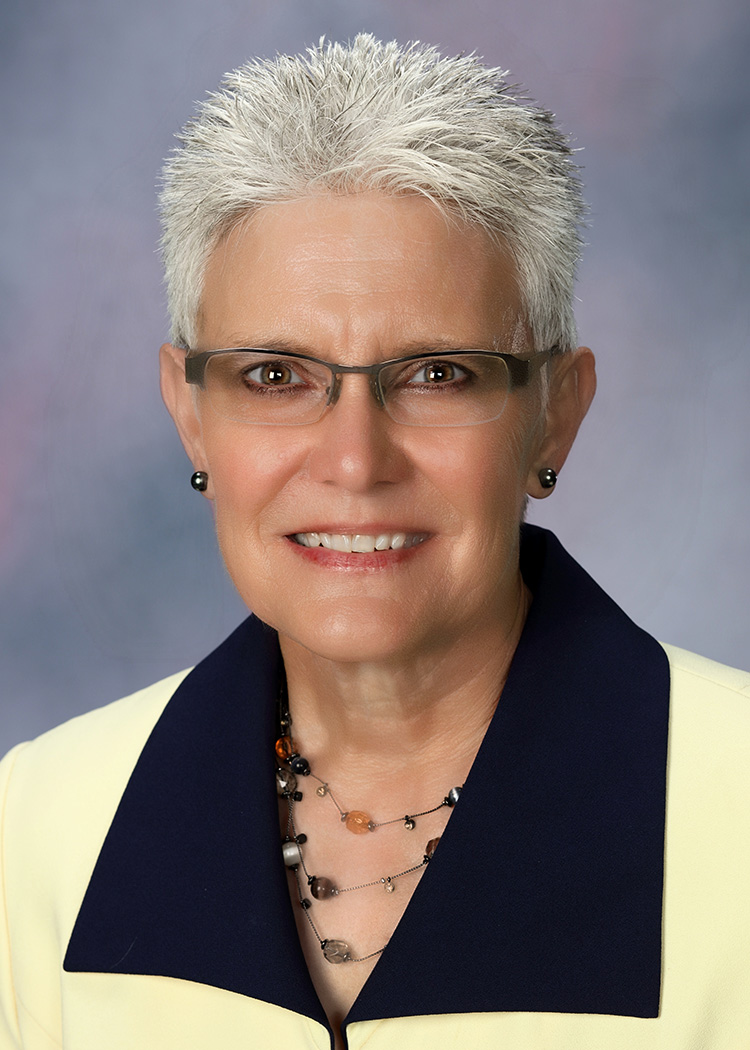
Last year the Climate + Energy Project received a recognition grant by the Kansas Health Foundation for the purposes of exploring climate and energy as it relates to public health and social justice, in effect broadening the scope of the conversation beyond one that is purely environmental or physical in nature.
CEP organized roundtable discussions with public health officials, air quality experts, community members, environmental and community organizations, and volunteers to discuss the complexity of the topic. The result of the project will be public presentations throughout the spring and summer of 2017 in NE Kansas on how climate change affects human health.
As the lead on the project I’ve been working with volunteers and interns consolidating climate and health research into a final presentation. The presentation is intended to stimulate dialogue among the participating audience and address health risk inequities from climate change. For example, while we all are affected, those with the greatest health risks are our young and elderly population, and members of our population with low resources due to income and/or education.
While presentations will be open to all community members to attend, the target audience will be service providers and members of the public who have not typically been part of the climate change dialogue.
Throughout the presentation factual information about health risks will be presented alongside opportunities available to us to change our trajectory and mitigate those risks. Participants will have opportunities to engage with questions, share concerns, and personal experiences throughout the presentation. We’ll also dialogue about what barriers might prevent us from taking that next step. By paying attention to barriers we’ll be able to look at positive change as adaptive and obtainable rather than abrupt or shame inducing.
More to come in future blogs, for now here’s a short clip with a metaphor about climate change by Ma’ikwe Ludwig. To see how to get involved on this project, check out the project page by clicking here or by contacting me directly via email at hofling
The video clip is shared with permission from the author. The clip was extracted from “Sustainable is Possible – A talk with Ma’ikwe Ludwig.”
Jamie Hofling is a Program Director for the Hutchinson-based Climate + Energy Project.



